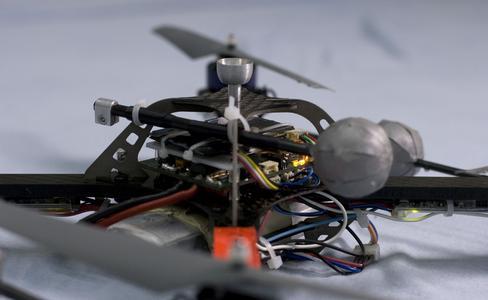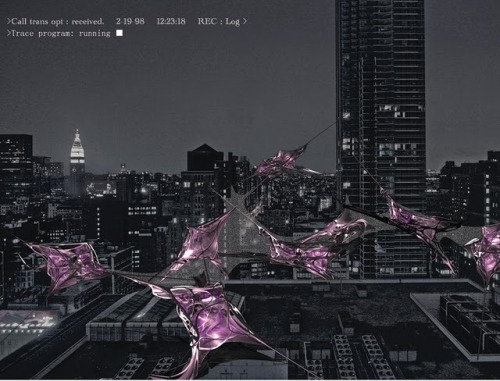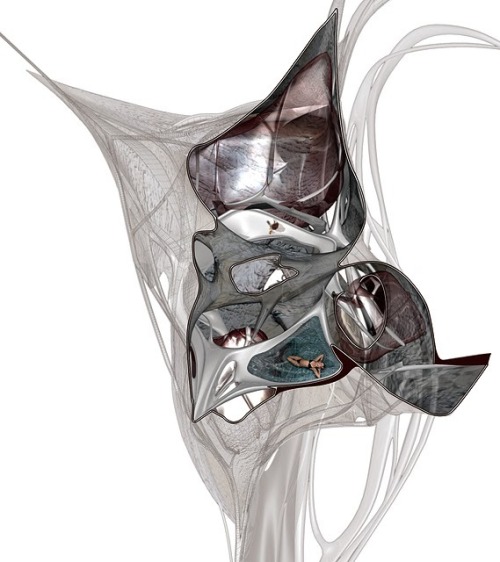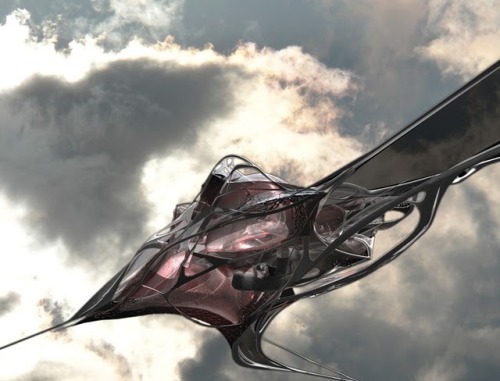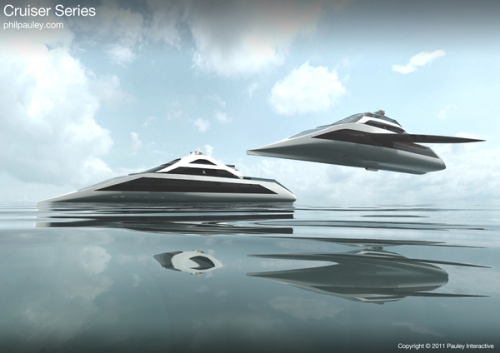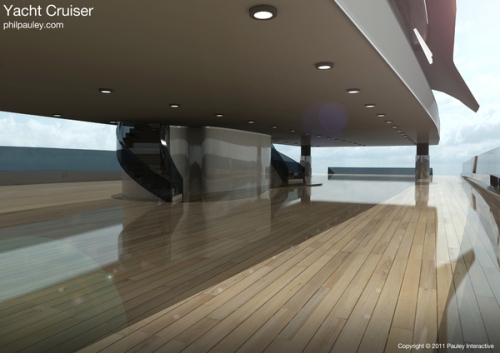Technology developers at Carnegie Mellon University and Microsoft Research have figured out a way to utilize motion waves on the body to map sensory points as buttons, which create a fully functional interface on the arm when images of buttons with their functions are displayed on top of these points.
Tag: innovation
Robots with Racquets

In a Zurich lab, at the Institute for Dynamic Systems and Control, elegantly-mobile robotic mini-choppers are developed for exquisite range of motion and response. The “quadrotors”are made to engage in bouncing balls, perform synchronized dances, balance poles, and play piano. Other research at IDSC includes the development of robots capable of learning tasks and developing response via practice, much like in human learning.
Living Environments—Rachel Armstrong
In this TED talk, Rachel Armstrong describes the innovative breakthroughs of synthetic, living materials and their vast applications in adapting and retrofitting our environments, such as in preventing the sinking of Venice.
See related:
Neoplasmatic Future Homes: How synthetic algae skins on homes could improve energy use.
Syd Mead, Blade Runner Designer, Reflects on the Future
Syd Mead designed the look of Blade Runner, Tron, and other movies. In this video brief, he discusses the accelerated pace at which technology is changing, bringing many sci-fi concepts, including androids, into an ever-nearing reality. But while technology appears to dominate the subject of The Future, what truly drives it is human intellect and the creativity that strives to re-arrange our material world. Now, more than ever, and at ever-increasing rates, we can re-arrange the world in which we live.
2019: A Future Imagined from Flat-12 on Vimeo.
Neoplasmatic Future Home Visions

Part architecture, part biology, part engineering, Neoplasmatic Design is an emerging interdisciplinary movement that yields hybrid technologies, new materiality and a whole new potential of living, “biologized” forms. The “House of the Future,” a project by Kuangyi Tao, conceives of homes made with alloy tubes and a “skin” comprised of photosynthetic algae. As an electro-responsive material, the algae would be able to adapt to daylight, thereby increasing energy efficiency in the building. The “skin” would also convert carbon dioxide into energy-providing sugar while releasing oxygen as a by-product, thereby purifying air. Any overgrowth of algae could be composted as biofuel, feeding energy back into the home or its surrounding city. Quite a few energy benefits, just from an algae skin!
In a coming neo-biological era, buildings could mutate to make better use of their environment, cars could be similarly adaptable, and any number of hybridized biological material could be developed to apply biology’s adaptability.
See related TED:
Living Environments: Rachel Armstrong discusses the creation of synthetic living materials and how their application in Venice could keep the city from sinking.
Wonderfully Innovative Creature Designs
Strandbeests are fantastic “creatures” designed with PVC pipes, by Theo Jansen.
Incredible Yacht Concepts Fly, Expand and Submerge

This visionary series of luxury powerboat and motoryachts concepts incorporates every possible flexibility of transportation into a sleek, elegant line. Fly above the surface, submerge beneath, or raise the top to expand deck space in category-breaking luxury speed and style. The Cruiser Series are conceptual designs by Phil Pauley.
Bathroom Innovation: Squeaky clean sink sans spout
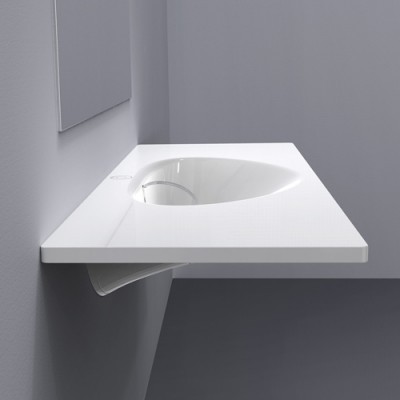

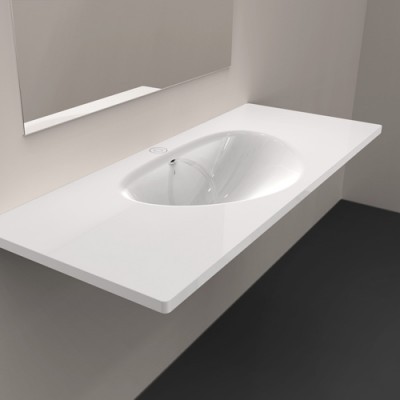

Replacing the traditional faucet with an internal sensor that activates water, and a flat dial that can be turned for temperature, or pressed for continuous water flow, this sink reduced to the bare essentials may eliminate one rather abhorring phenomenon of faucets: all the water that sits and creeps under the seal, creating everything from mineral deposits to stains or mold.
People that like generous vertical clearance may not approve of the design, but for most sink functions, the streamlined design has some distinct advantages.
Credit: Charlwood

